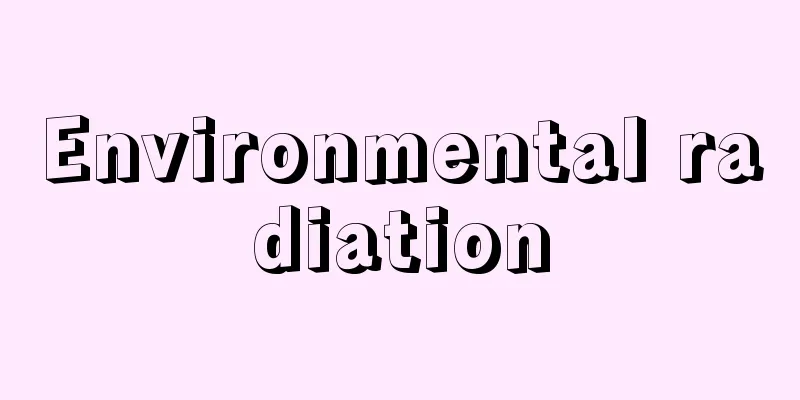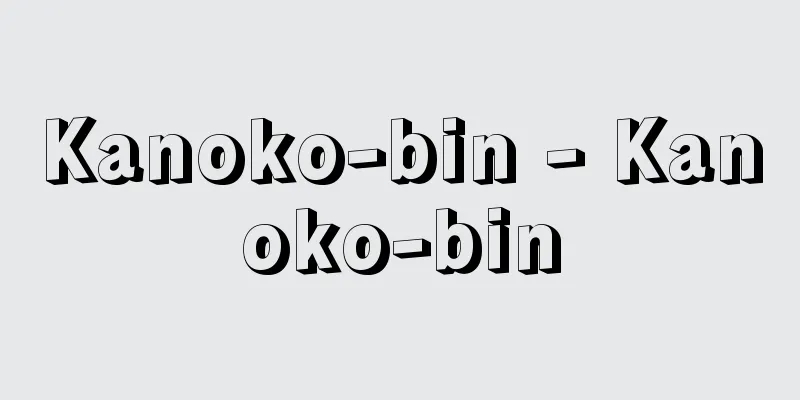Improvement trade

|
This is a form of trade in which raw materials or semi-finished products are imported from abroad, processed in the country to make products, and then exported. Countries that engage in processing trade are those that are highly dependent on overseas raw materials, and typical examples are developed industrial nations such as Japan, the UK, and Germany. In particular, Japan is not blessed with natural resources, so it has developed as a processing trade country that seeks raw materials overseas, exports some of the processed products, and uses the foreign currency earnings to reimport raw materials, food, and other products, and processing trade remains the core of its trade today. However, due to an increase in the relocation of factories overseas and the progress of industrialization in Asian countries, Japan's trade structure is currently changing, with the ratio of finished product imports increasing from 31% in 1985 to 61% in 2001. Representative examples of individual trade transactions, that is, processing trade at the trader level, include consignment processing trade and transit processing trade. The former is a form of trade in which raw materials are supplied by foreign traders, processed, and exported to a country designated by the foreign trader (there is also the reverse form, in which a trader in one country supplies raw materials to a foreign trader and commissions the processing). The latter is a form of trade in which a trader imports raw materials from a foreign country at his own risk and expense, processes them, and exports the resulting product. In order to promote this type of processing trade at the trader level, each country has adopted preferential tariff measures. In Japan, there is a bonded factory system that exempts imported raw materials used in the production of export goods from tariffs, and a tax refund system that refunds tariffs already paid. [Kisuke Tanaka] [Reference items] | | |Source: Shogakukan Encyclopedia Nipponica About Encyclopedia Nipponica Information | Legend |
|
外国から原材料または半製品を輸入し、これを自国で加工して製品をつくり、それを輸出する貿易形態。加工貿易を行っている国は原材料の海外依存度の高い国であり、典型として日本、イギリス、ドイツなどの先進工業国がある。とくにわが国の場合は、天然資源に恵まれていないため、原材料を海外に求め、加工してつくられた製品の一部を輸出し、その外貨収入でふたたび原材料や食料、その他の製品を輸入する加工貿易国として発展、現在も貿易の中心は加工貿易である。しかし、現在は工場の海外移転の増加やアジア諸国の工業化の進展等を背景に、1985年(昭和60)には31%であった製品輸入比率が2001年(平成13)には61%へと上昇、日本の貿易構造は変化をみせている。 個々の貿易取引、つまり業者レベルにおける加工貿易の代表的なものとしては、委託加工貿易と中継加工貿易がある。前者は、外国の業者から原材料の供給を受け、これを加工し、外国業者の指定する国に輸出する取引形態である(これには自国の業者が原材料を外国の業者に供給し加工を委託する逆の形態もある)。後者は、業者が自己の危険と計算において外国から原材料を輸入し、これを加工して得た製品を輸出する取引形態である。このような業者レベルの加工貿易を振興するため各国とも関税上の優遇措置をとっている。わが国では、輸出品の製造に用いられる輸入原材料の関税を免除するという保税工場制度、すでに納めた関税を払い戻すという戻税制度などがある。 [田中喜助] [参照項目] | | |出典 小学館 日本大百科全書(ニッポニカ)日本大百科全書(ニッポニカ)について 情報 | 凡例 |
<<: Cage compound - cage compound
>>: Compound nomenclature - Chemical compound nomenclature
Recommend
Yoshiu Otomo
...One of the famous families of medieval Kyushu....
Pathos (English spelling)
It is the English pronunciation of the Greek word...
Summer flowers - Natsu no hana
A short story by Hara Tamiki. Published in Mita Bu...
bluebeard
...It is also used in China to treat colds. The g...
Sida acuta (English spelling)
… [Mitsuru Hotta]... *Some of the terminology tha...
Hayakawaso - Hayakawanosho
This manor was located in the vicinity of Odawara ...
Iōannēs (of Damascus)
A theologian who, between 675 and 749, was the fir...
Archimedes
…During an experiment, one of the threads broke, ...
Barn crew - Nayashyu
From the end of the Middle Ages to the beginning ...
Emperor Kumazawa
In the 1940s, Kumazawa claimed to be the heir to t...
Colored mouth - Iro-o-kuchi
...Usually, those made of white fine fabric are u...
Bernstein
American conductor, composer, and pianist. Born in...
Kanetsune Ijuin
1836-1909 A businessman from the Meiji period. Bo...
Added since Kenmu - Kenmuirai Ikka
A collection of laws issued by the Muromachi Shog...
Exergy
Also called available energy. It is the energy th...









